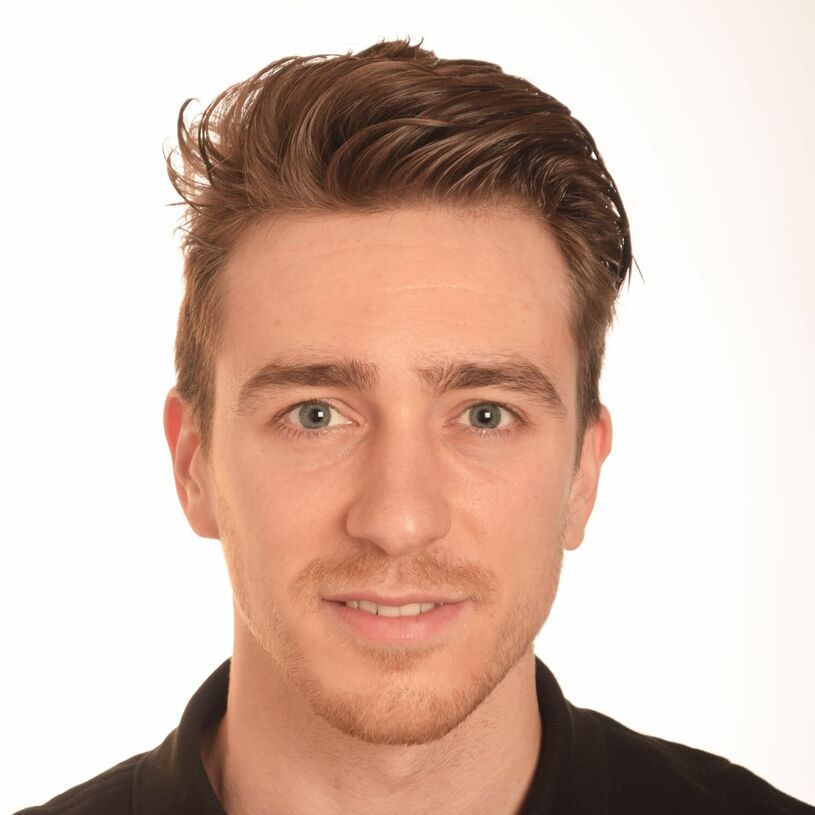Andrea Zanolla

TOPIC / ACTIVITIES (ENG only)
VULNERABILITY AND RESILIENCE OF THE SEWAGE-WWTP SYSTEM
PhD Project (ENG only)
The purpose of the research project is to characterise the sewage collection system and the wastewater treatment plant, which must not be considered separately, but rather in an integrated and synergic way: the urban drainage systems have been designed with the objectives of both reducing the risk of flooding civil and industrial settlements and limiting the environmental pollution by avoiding creating imbalances in the receiving surface water system.
The problem concerning wastewater disposal can be studied through knowledge of the response of the sewer – WWTP system to a meteoric event. For this purpose, it is possible to use specific software programs that allows to accurately model the network of interest and to analyse the behaviour of the sewage collection system and the wastewater treatment plant, simulating events of various duration and intensity. Numerical modelling makes it possible to characterise a sewer network both from a quantitative point of view, with reference to the flow rates and volumes of water received from the sewage, and from a qualitative point of view, concerning the pollutants present in the wastewater and the treatment processes that they will be subjected at the time of purification.
The integrated modelling of the sewage – treatment plant system makes it possible to promote a sustainable management of the Integrated Water Cycle, enhancing and reusing less noble waters where high quality characteristics are not required, in order to reuse the treated wastewater in the field of fertigation, for the cultivation of plants useful for landscape restoration that can be placed in the whole Integrated Water Cycle or aiming to give value to the resource in relation to the potential linked to the territorial peculiarities.
Moreover, the objective of the research project is to obtain energy recovery from wastewater treatment and from sludge line, which represents the main by-products of the sewage plant. In fact, the application of an anaerobic biological process makes it possible to attack and degrade the organic substance, producing a gas mainly consisting of carbon dioxide and methane (named biogas). The methane generated in this way can be used both to heat the wastewater or sludge from the reactor and to produce energy (for example electricity through reciprocating engines or turbines), but it can also be converted to bio-methane, which has qualitative characteristics entirely comparable with the natural gas of fossil origin. A systematic control and simulation of the sludge line also make it possible to enrich the possibilities of recovering material and energy from the Integrated Water Cycle, giving completeness to the methods and concepts of the sustainability of the integrated sewer and wastewater treatment plant system.
PROGRESS OF THE ACTIVITIES (ENG only)
In agreement with HydroGEA S.p.A., the municipality of Caneva was chosen as a case study. Caneva is a small town of approximately 6,300 inhabitants located in the western part of Friuli-Venezia Giulia on the border with Veneto. Caneva is interesting because the sewage system is separated, and this peculiarity may increase the possibility of wastewater recovery and reuse in other sectors (for example in agriculture and in the local landscape enhancement). However, the infiltration generated during meteorological events damages the network and hydraulically overloads the plant, thus compromising its proper functioning. Therefore, it is necessary to study the sewage-WWTP system in an integrated and synergic manner, associating the hydraulic modelling of the sewer network with software capable of describing the behaviour of a treatment plant and its depuration procedures.
The sewer network was modelled using the EPA-SWMM calculation code. SWMM makes it possible to observe the wastewater propagation inside the collectors. The model validation was carried out by planning a monitoring campaign through traditional area-velocity measuring instruments. Therefore, the urban basin was divided into districts by installing 9 flow meters and 3 rain gauges for a monitoring period of 2 months.
Subsequently, the WWTP was numerically reconstructed through the GPS-X software with the aim of simulating its operation in various operating scenarios. The model needed to be calibrated: for this purpose, the analyses of the wastewater samples taken at the outlet of the plant were used and compared with the values returned by the model. Then, once the layout of the plant and the influent input data had been defined, GPS-X made it possible to obtain indications concerning the variation in concentration of the effluent substances or the energy consumption and operating costs of the individual units under different operating scenarios.
In addition to modelling the sewage-WWTP system, the Grey Water Footprint concept was studied. It represents a tool to assess the anthropic impact on the environment and to indicate the pollution degree of the receiving water body. The analysis showed how treatment reduces GWF for all the parameters examined (organic matter, nitrogen, phosphorus, suspended solids). Wastewater recovery, through the implementation of optimal water resource systems, further decreases the GWF on the receiving water body, thus limiting the residual toxicity discharged by the treatment plant. In relation to the installation of these water recovery systems directly from the sewage system, the experimental study concerning the Sonozone process on wastewater has been investigated. This technique consists of the serial application of ultrasound and ozone and can preserve the nutrient component of the wastewater (nitrogen and phosphorous). The effectiveness is being evaluated on a pilot plant with the future objective of integrating this system into the Caneva case study.
Pubblications
A. Zanolla, R. Perin, D. Goi, “Nuovi paradigmi del sistema fognatura-impianto”, Rassegna Tecnica del Friuli-Venezia Giulia, 2022.
A. Zanolla, A. Moretti, D. Goi, “Grey water footprint assessment in wastewater treatment plants efficiency: Caneva case study”, in progress
A. Moretti, A. Zanolla, D. Goi, “Combined ultrasound-ozone treatment for reutilisation of a primary effluent”, in progress
